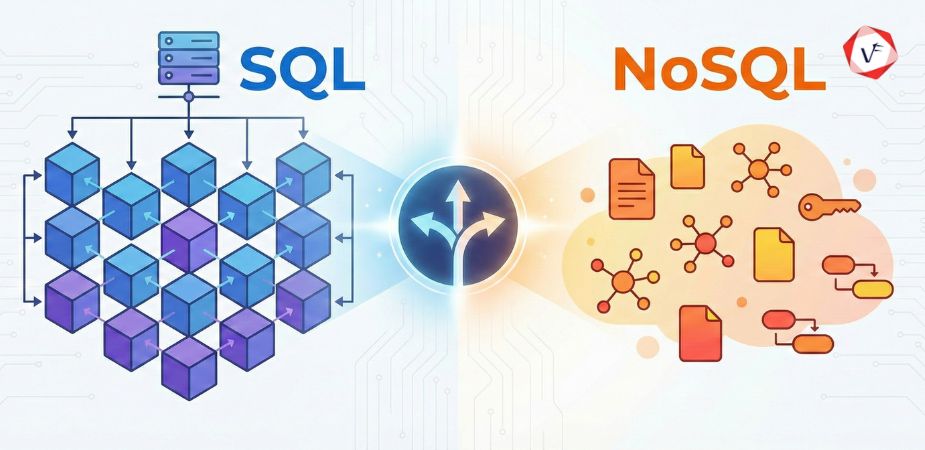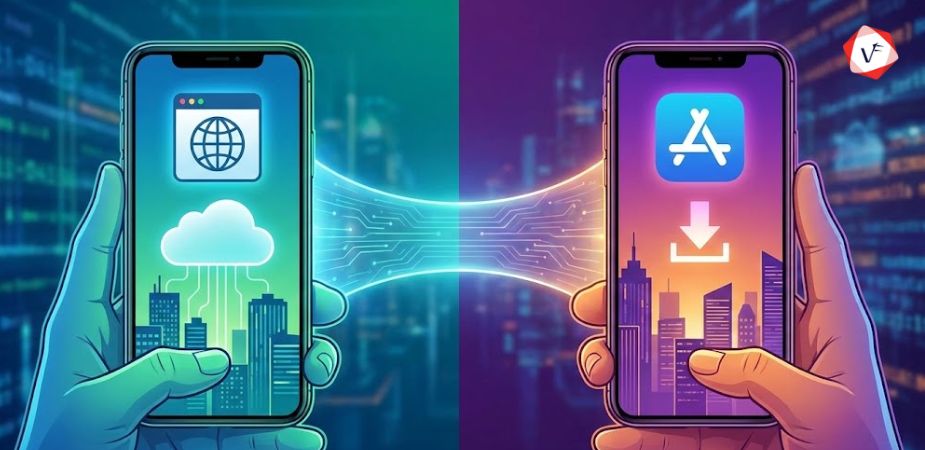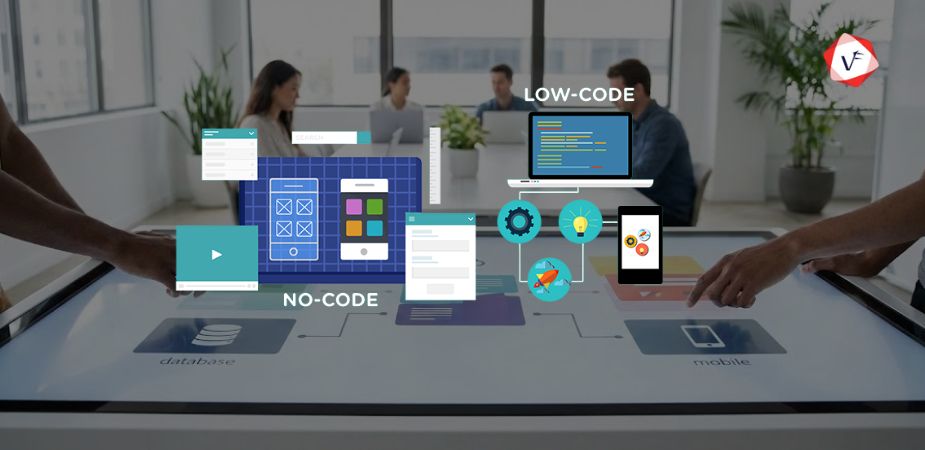- June 20, 2025 4:51 pm
- by Safvana
- June 20, 2025 4:51 pm
- by Deepthy

In software development, two terms frequently come up: SDK (Software Development Kit) and API (Application Programming Interface). Both are crucial tools in the development process, but they serve different purposes and can sometimes be confusing to distinguish. Suppose you’re a developer, or someone interested in the tech industry. In that case, understanding the difference between these two concepts is vital to making informed decisions about which tool is best suited for your project.
Let’s break down what SDKs and APIs are, their roles, and the key differences between them.
An SDK (Software Development Kit) is a set of tools and libraries designed to help developers create applications for specific platforms, devices, or operating systems. It serves as a complete toolkit that simplifies development by offering essential resources to integrate with a platform’s core functionality.
SDKs often include:
APIs: These are embedded within SDKs and offer predefined functions and commands for developers to utilize.
Documentation: Clear instructions on how to use the SDK tools and libraries effectively.
Debugging Tools: Utilities to test and debug the application during development.
Libraries: Pre-written code that developers can use to avoid reinventing the wheel.
Sample Code: Example projects to help developers get started quickly.
An SDK is an all-in-one toolset that aims to simplify the creation of software for a specific platform or technology. Popular examples of SDKs include the Android SDK for mobile development and the Windows SDK for desktop applications.
An Application Programming Interface (API) is a set of rules that allows different software applications to communicate with each other. An API defines the methods and data formats that applications can use to request services from one another, without knowing the internal workings of the other system. Essentially, it acts as a bridge between different software systems, enabling them to share data and functionality in a standardized way.
For example, if you want to integrate Google Maps into your app, you would use the Google Maps API, which provides a set of functions and protocols for embedding map services into your application. APIs are often used to fetch data from external services, access a specific feature, or interact with a remote system.
APIs can come in many forms, including:
Web APIs: Allow different web services to communicate over the internet.
Library APIs: Offer a set of functions that a developer can directly call in their own code.
Operating System APIs: Enable communication between applications and the operating system.
A key point to note about APIs is that they don’t necessarily offer everything needed to build an application from scratch. They just allow access to specific services or functionalities.
Though SDKs and APIs share similarities in that they both help facilitate the development process, they are fundamentally different. Let's explore the key differences:
1. Definition
SDK: A Software Development Kit is a complete set of tools, libraries, documentation, and utilities for building software applications. SDKs include APIs as part of the overall package.
API: An Application Programming Interface is a set of defined methods or protocols that allow different software systems to communicate with each other.
2. Purpose
SDK: The purpose of an SDK is to provide everything a developer needs to build applications for a specific platform or technology.
API: The purpose of an API is to expose specific functionality or services of an application, operating system, or third-party service to another program.
3. Components
SDK: An SDK contains multiple components such as APIs, libraries, debugging tools, sample code, and documentation. It is an all-in-one toolkit for developers.
API: An API consists of a set of rules, protocols, and methods that allow different systems to communicate with one another. It typically does not come with additional tools or libraries like an SDK.
4. Scope
SDK: An SDK offers a broader scope, providing developers with everything they need to create, build, and deploy an application.
API: An API offers a narrower scope, focusing on exposing specific functionality or data for integration with another system.
5. Usage
SDK: Developers use SDKs to build complete applications. SDKs are generally more involved in the development process and provide a comprehensive suite of tools.
API: Developers use APIs to integrate third-party services, access platform-specific features, or communicate with other software. APIs are typically used to add functionality to an existing application, not to build one from scratch.
6. Example
SDK: The Android SDK provides developers with everything needed to build Android apps: an integrated development environment (IDE), emulators, tools for debugging, libraries, and APIs.
API: The Twitter API allows developers to interact with Twitter’s platform, such as fetching tweets, posting new ones, or following users, but it does not help in building the app itself.
7. Dependence
SDK: An SDK is a self-contained tool that generally works independently. Developers don’t necessarily need to use other tools alongside an SDK, as it provides everything needed for the development process.
API: An API often needs to be used in conjunction with other tools or platforms. For example, a developer may use an API to fetch data from a third-party service and display it in their application.
You should use an SDK when you need to develop an application for a specific platform or environment and require a full toolset to make that process easier. SDKs are ideal for developers who are building an app from the ground up and want to leverage a platform’s services, libraries, and tools to streamline development.
For instance, if you are developing an Android app, you will need to use the Android SDK. It provides you with the tools, libraries, and APIs necessary to create, test, and deploy your app on Android devices.
SDKs are also useful when:
In many cases, developers use both SDKs and APIs together. For example, when building a mobile app, a developer may use an SDK to create the app’s core features and functionality, while using APIs to integrate third-party services such as maps, social media sharing, or payment processing.
SDKs can include multiple APIs, and an API can be part of an SDK. In fact, many SDKs come with predefined APIs that allow developers to access services or interact with platforms, providing a seamless experience. This combination allows developers to focus on building the features they want without worrying about the underlying complexities of each service they integrate.
In summary, while both SDKs and APIs are essential in modern software development, they serve different roles:
SDKs provide a comprehensive environment for building apps, while APIs are used to integrate specific functionalities into those apps. Depending on your needs, you may use one or both in your development process, but understanding their differences is crucial for making the right choice for your project.
So, whether you’re building an app from scratch or enhancing an existing one, knowing when to use an SDK or an API will ensure that your development process is efficient, scalable, and effective.
Guaranteed Response within One Business Day!

Database Selection Guide: SQL vs NoSQL
AI Agents in Enterprise Software: How Autonomous AI is Transforming Business Operations
Manufacturing 4.0: AI and IoT Transforming Production Lines

Progressive Web Apps vs Native Apps: Which Should You Choose in 2026?

What is Citizen Development?